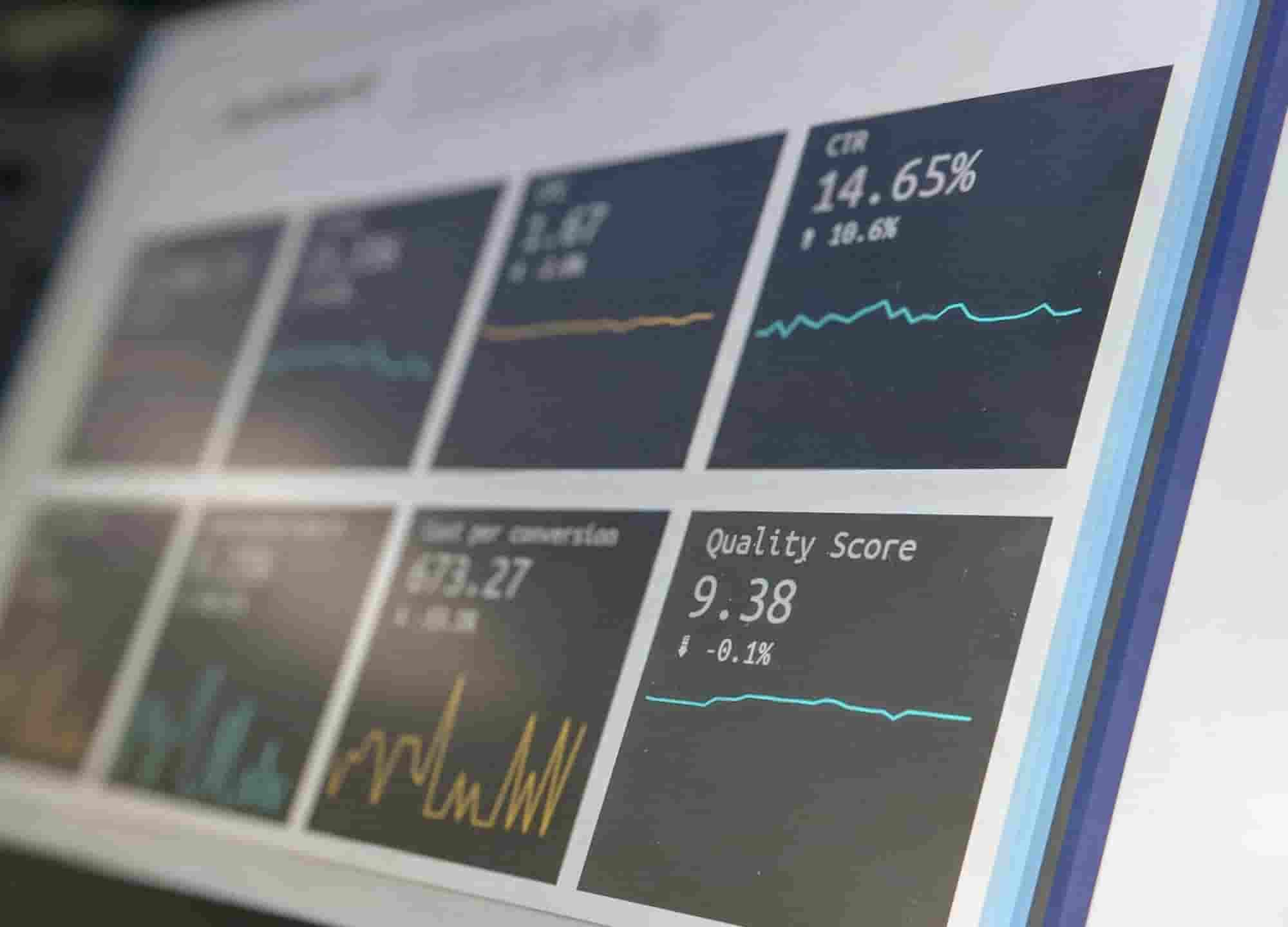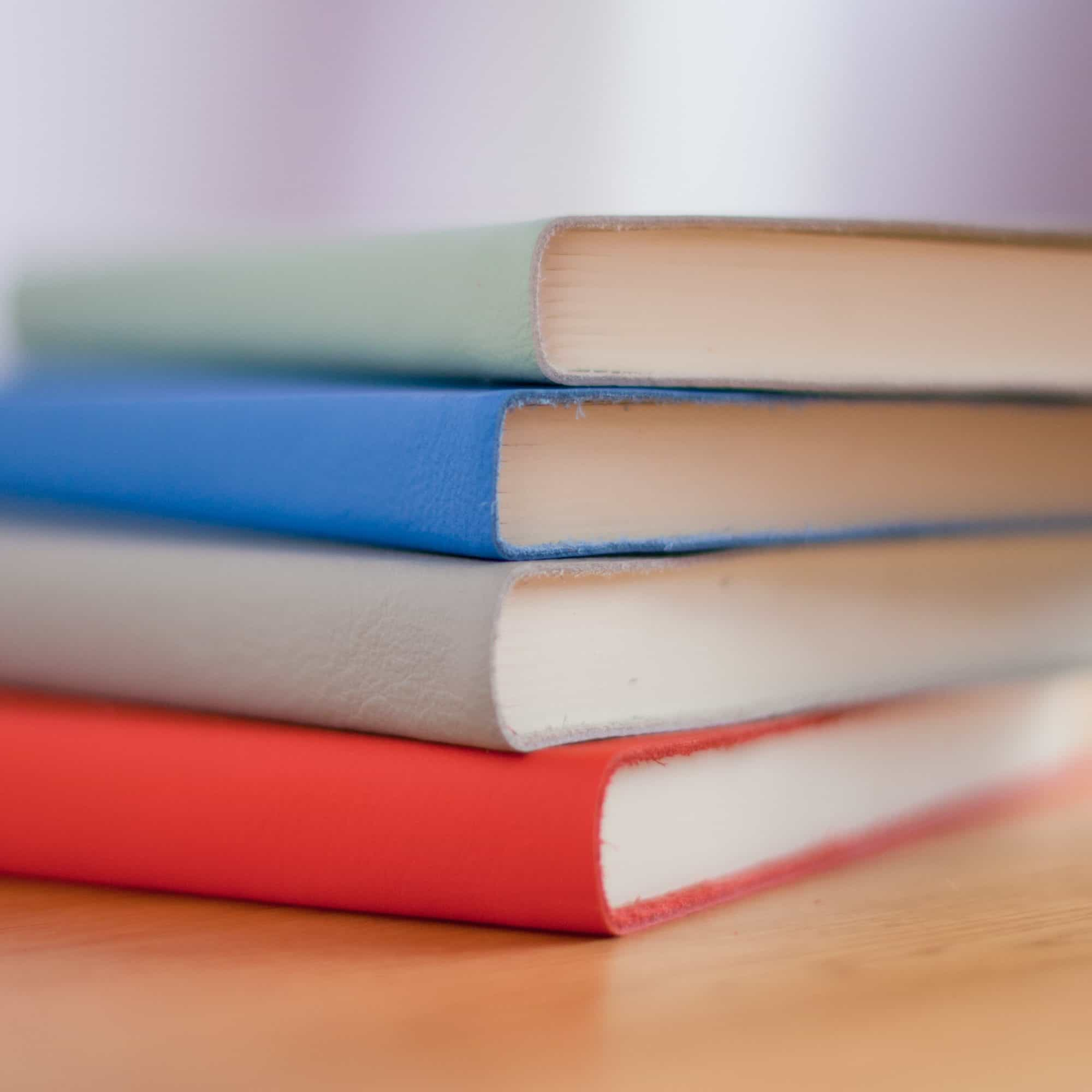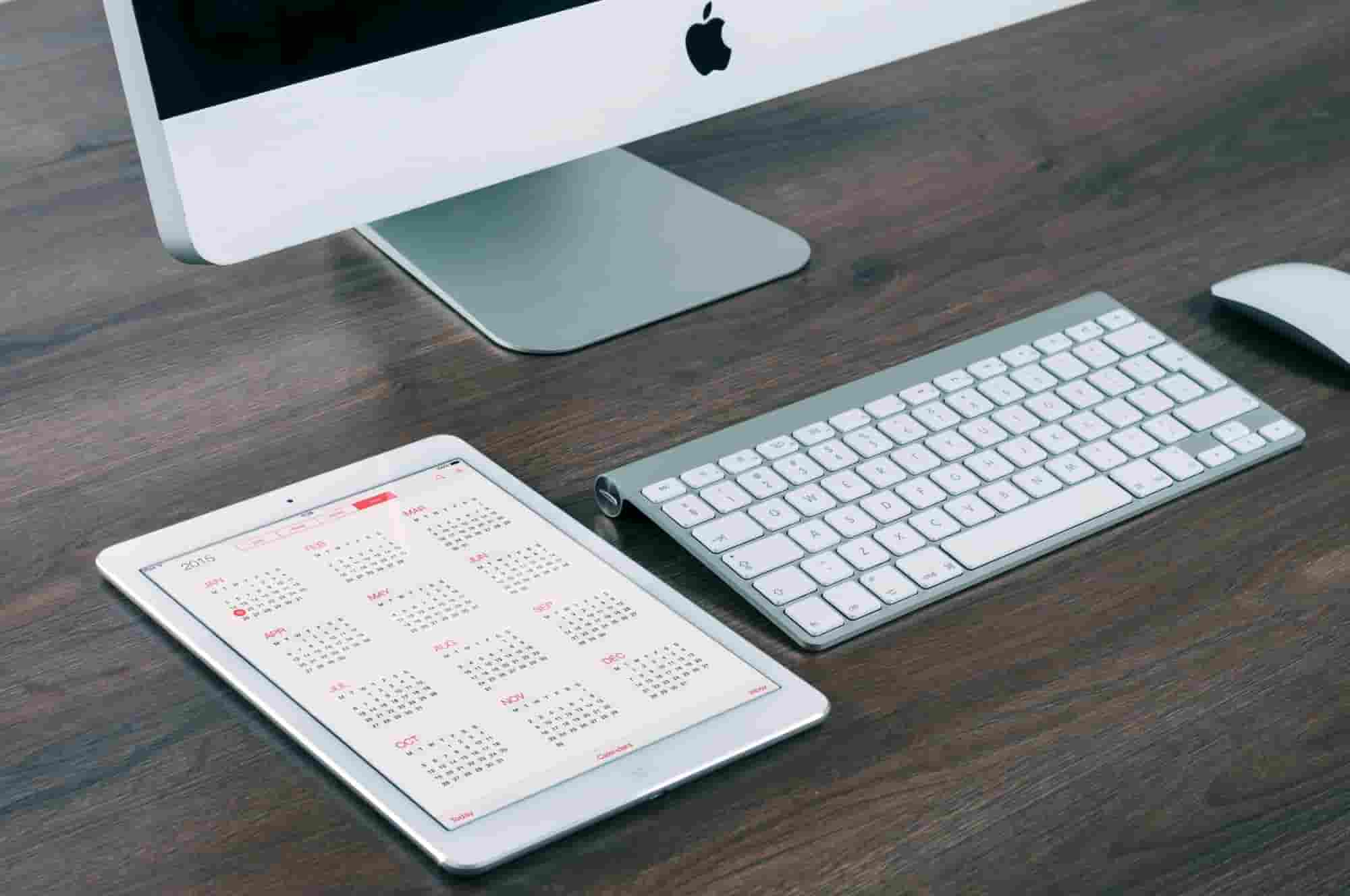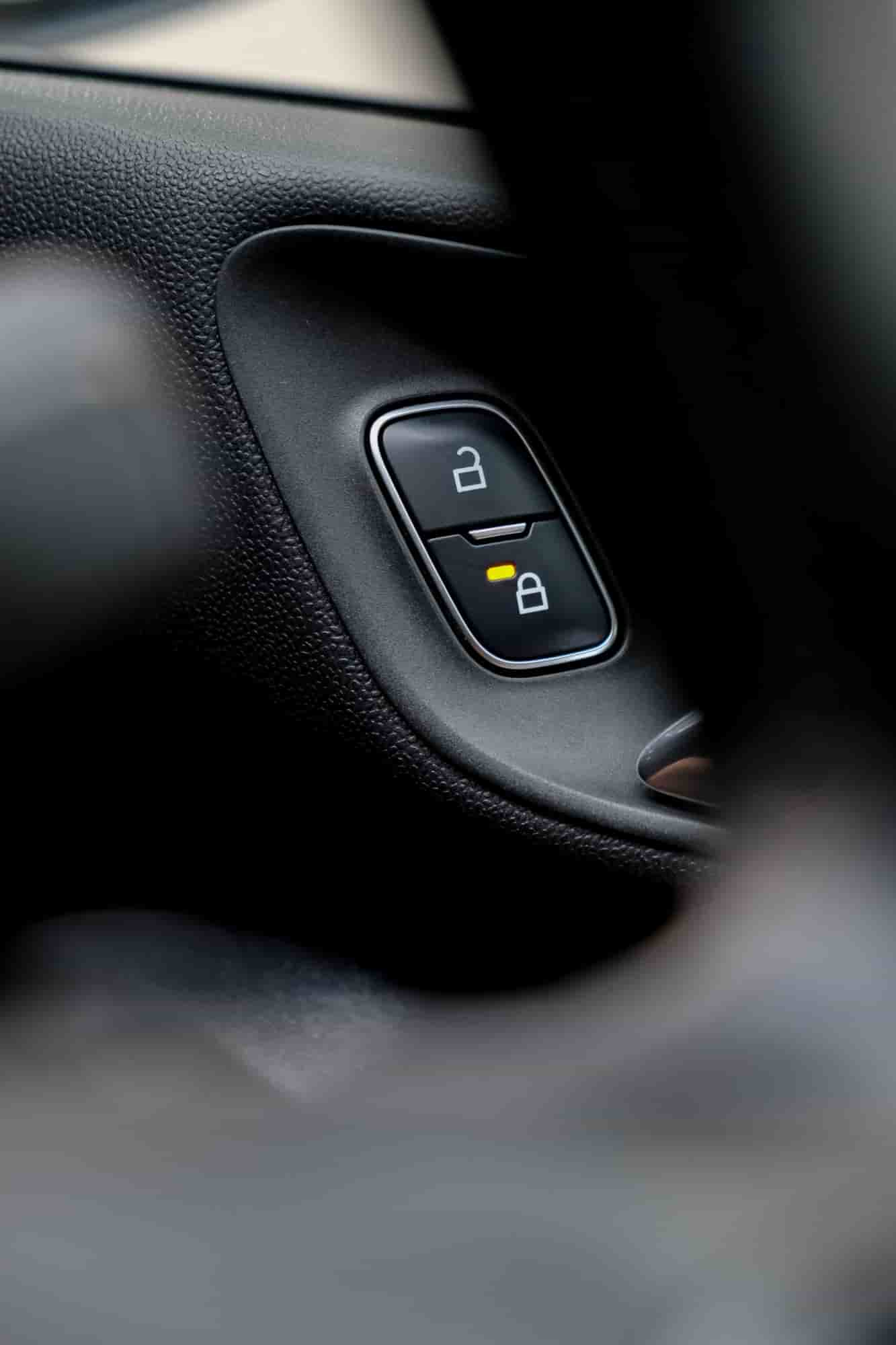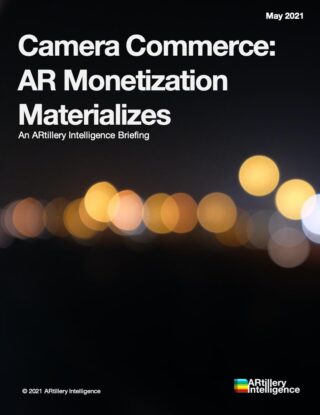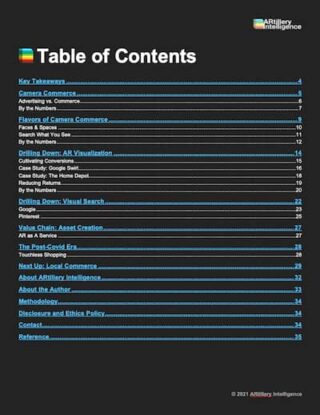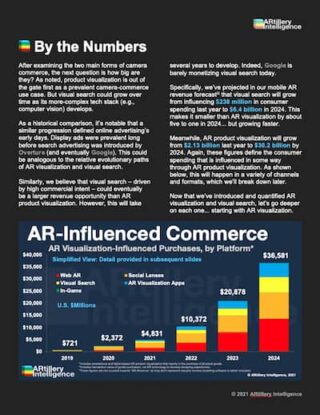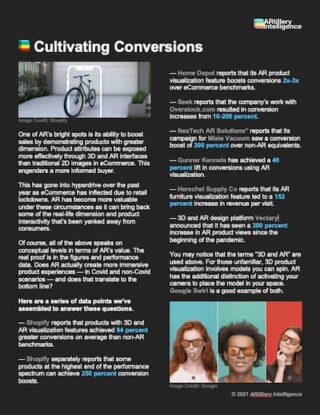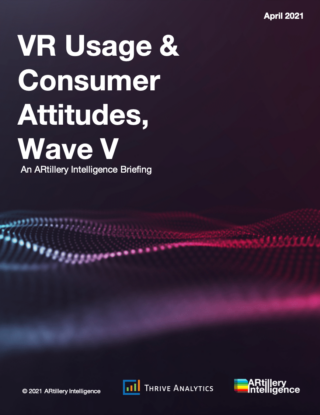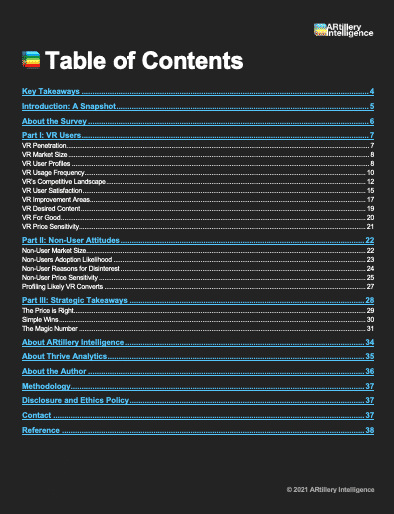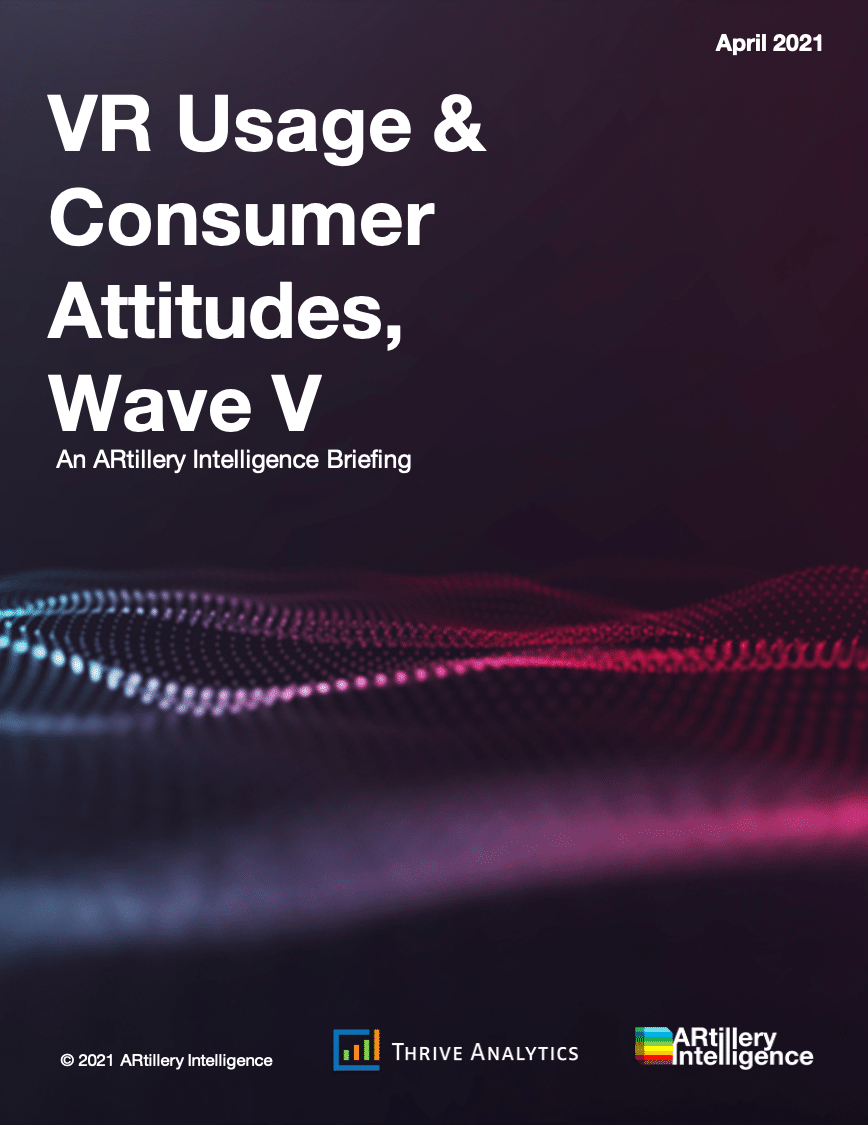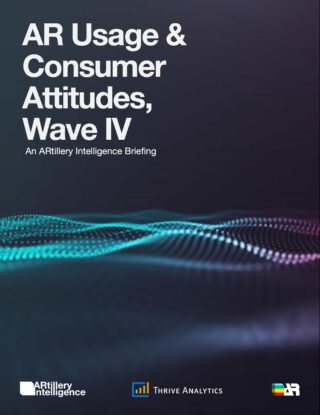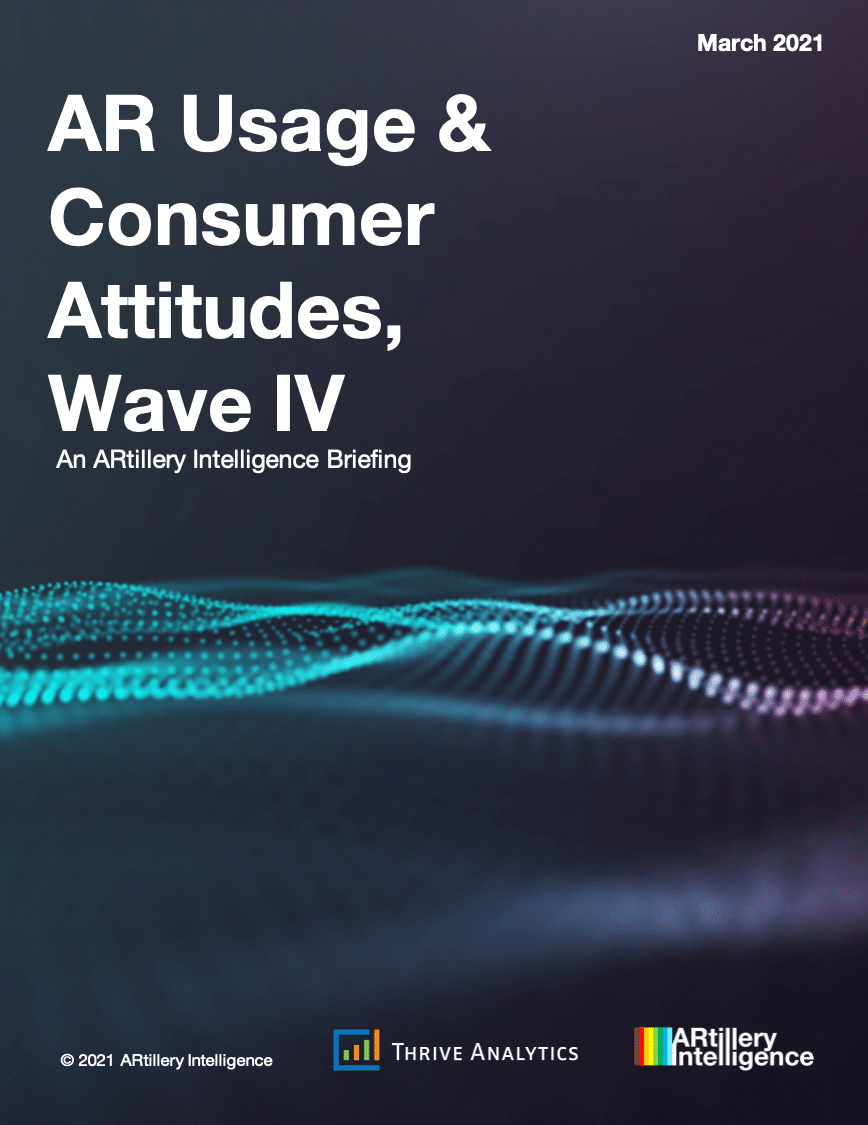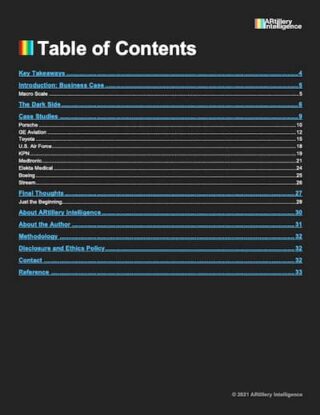Mobile AR Global Revenue Forecast, 2020-2025

Like many research & intelligence firms, one of the things that ARtillery Intelligence does is market sizing. A few times per year, we go into isolation and bury ourselves deep in financial modeling. This takes the insights and observations we accumulate throughout the year and synthesizes them into hard numbers for the current and future spatial computing industry (methodology details here).
In covering spatial computing for six years, our sector knowledge base and perspective continue to expand. That occurs on several levels, including insight and access to insider information, all of which informs our forecast models and inputs. Further reinforcing that knowledge position, the daily rigors of editorial production at our sister publication AR Insider emboldens our market insights.
Beyond knowledge position and market-sizing process, the focus of these forecasts likewise continues to evolve. Our first market forecast five years ago examined AR, VR and all their revenue subsegments. Last year, we began to produce separate forecasts for AR and VR. Though they share technical underpinnings, their nuanced market dynamics deserve deeper and focused treatment.
We continue to double down on that segmentation by focusing this report on Mobile AR specifically. Given its leading revenue position among AR segments, and its hardware installed base, it compels its own focused analysis. This allows us to go deeper on key revenue sources like consumer, corporate & industrial, advertising and commerce. We’ll do the same later this year for head-worn AR.
So what did we find out? Our outlook continues to be best characterized as cautiously optimistic, especially when compared to several large research firms that turn attention to AR occasionally to publish eyepopping revenue estimates in the hundreds of billions of dollars. By comparison, we’re comfortably and confidently in the tens-of-billions range for aggregate mobile AR spend in outer years of this financial outlook.
The burning questions: How is mobile AR pacing? Which subsectors are most opportune? And how is AR primed for the post-Covid era? We answer these questions through numbers & narrative in this slide-based report. The goal, as always, is to empower you with a knowledge position.
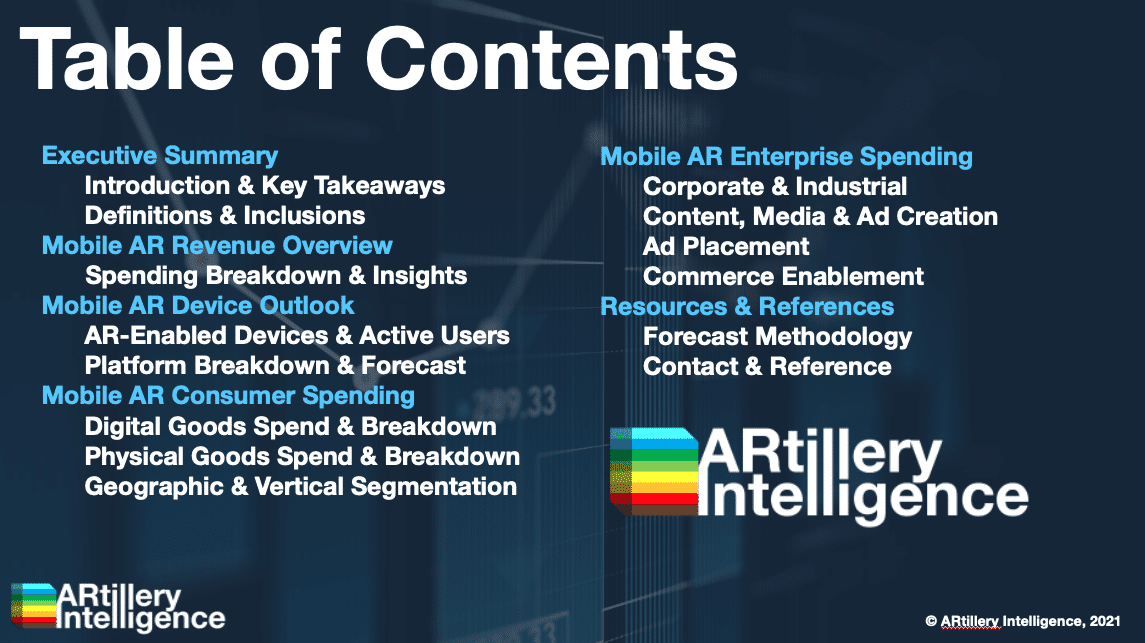
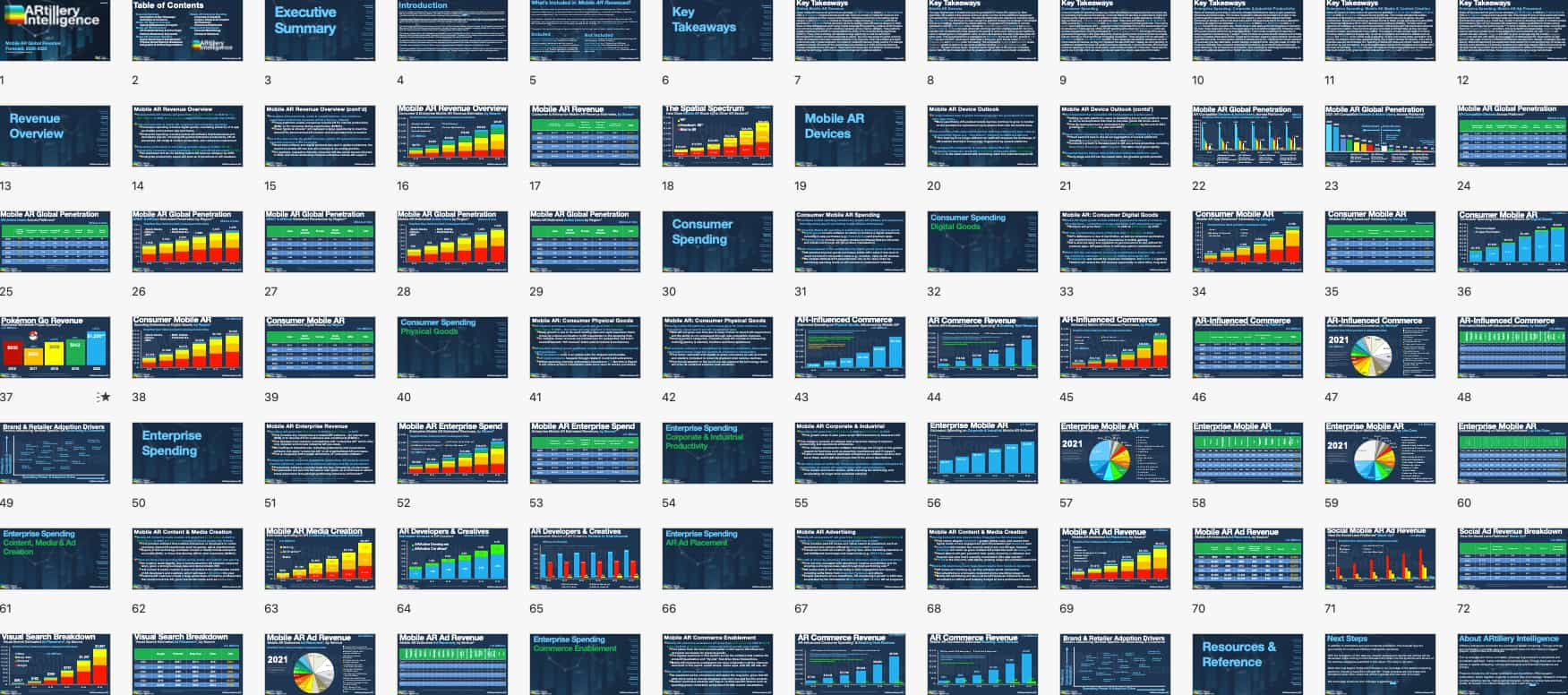
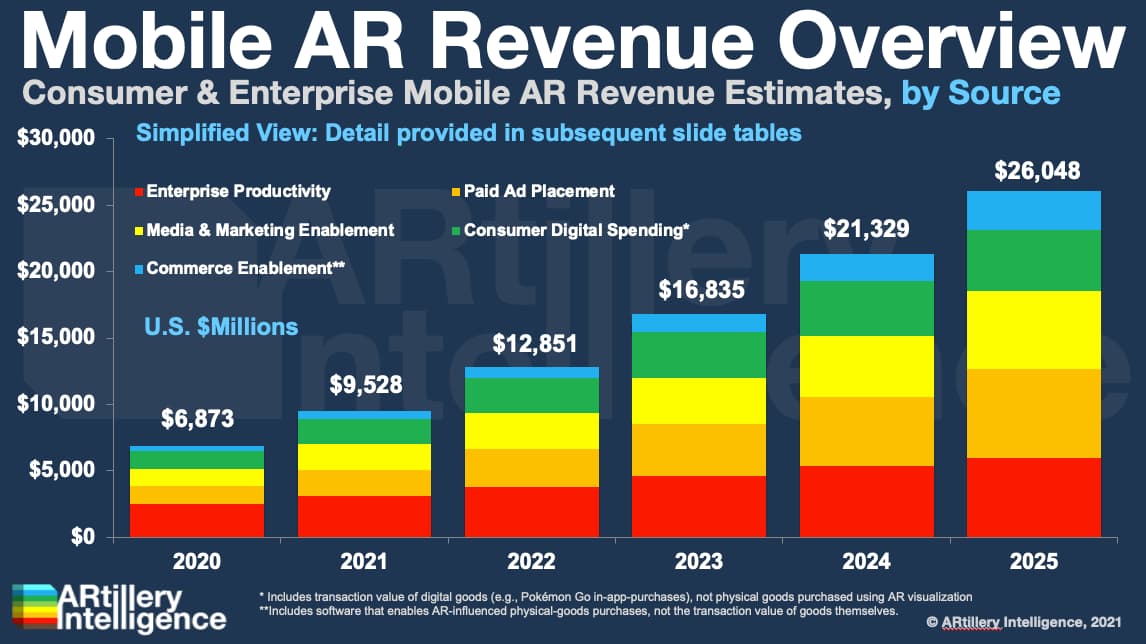
The fastest and most cost-efficient way to get access to this report is by subscribing to ARtillery PRO (Startup or Enterprise Tier). You can also purchase it a la carte.
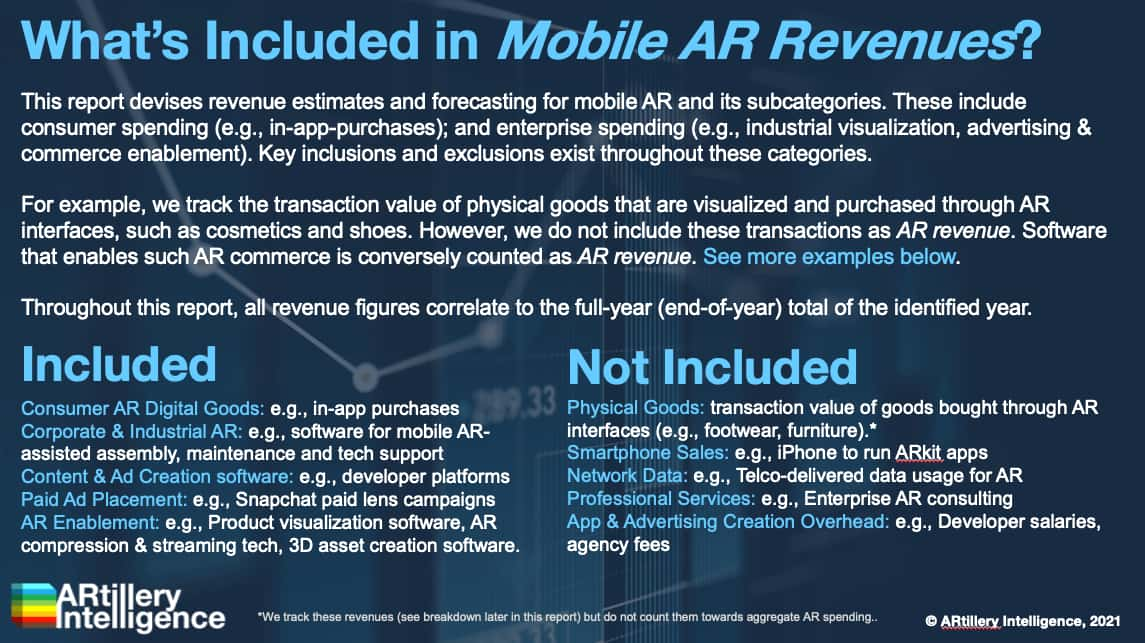
ARtillery Intelligence follows disciplined best practices in market sizing and forecasting, developed and reinforced through its principles’ 16 years in research and intelligence in tech sectors. This includes the past 6 years covering AR & VR as a main focus.
This report focuses on AR revenue projections in various sub-sectors and product areas. ARtillery Intelligence has built financial models that are customized to the specific dynamics and unit economics of each. These include variables like unit sales, company revenues, pricing trends, market trajectory and several other micro and macro factors that ARtillery Intelligence tracks.
This approach primarily applies a bottom-up forecasting methodology, which is secondarily vetted against a top-down analysis. Together, confidence is achieved through triangulating revenues and projections in a disciplined way. For more information on what’s included and not included in the forecast (a key consideration when evaluating the figures) see slide 5.
More about ARtillery Intelligence’s market-sizing methodology can be seen here and more on its credentials can be seen here.
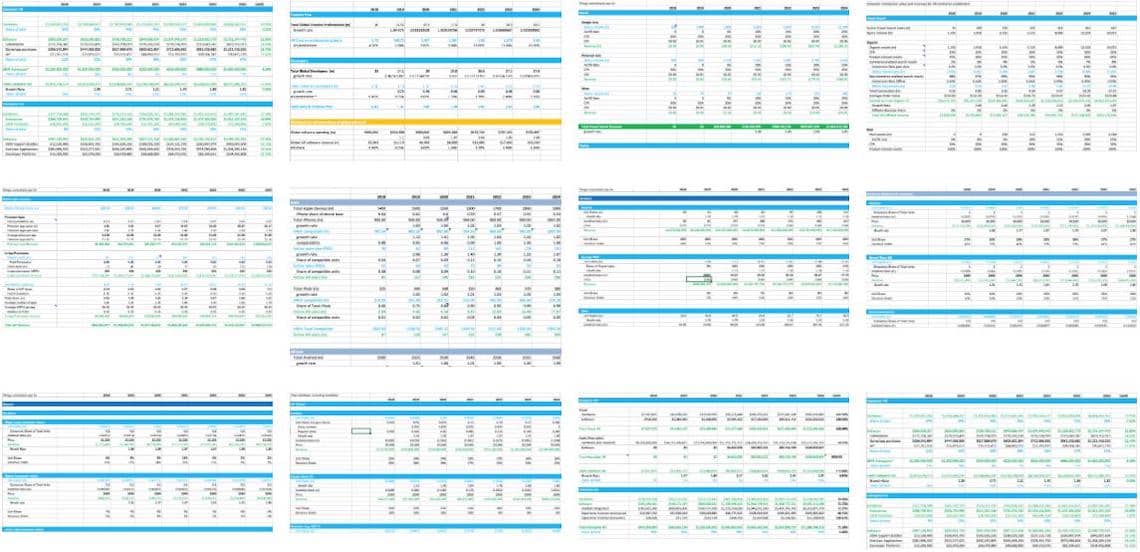


Unless specified in its stock ownership disclosures, ARtillery Intelligence has no financial stake in the companies mentioned in its reports. The production of this report likewise wasn’t commissioned. With all market sizing, ARtillery Intelligence remains independent of players and practitioners in the sectors it covers, thus mitigating bias in industry revenue calculations and projections. ARtillery Intelligence’s disclosures, stock ownership and ethics policy can be seen in full here.
Checkout easily and securely.
Ask us anything

